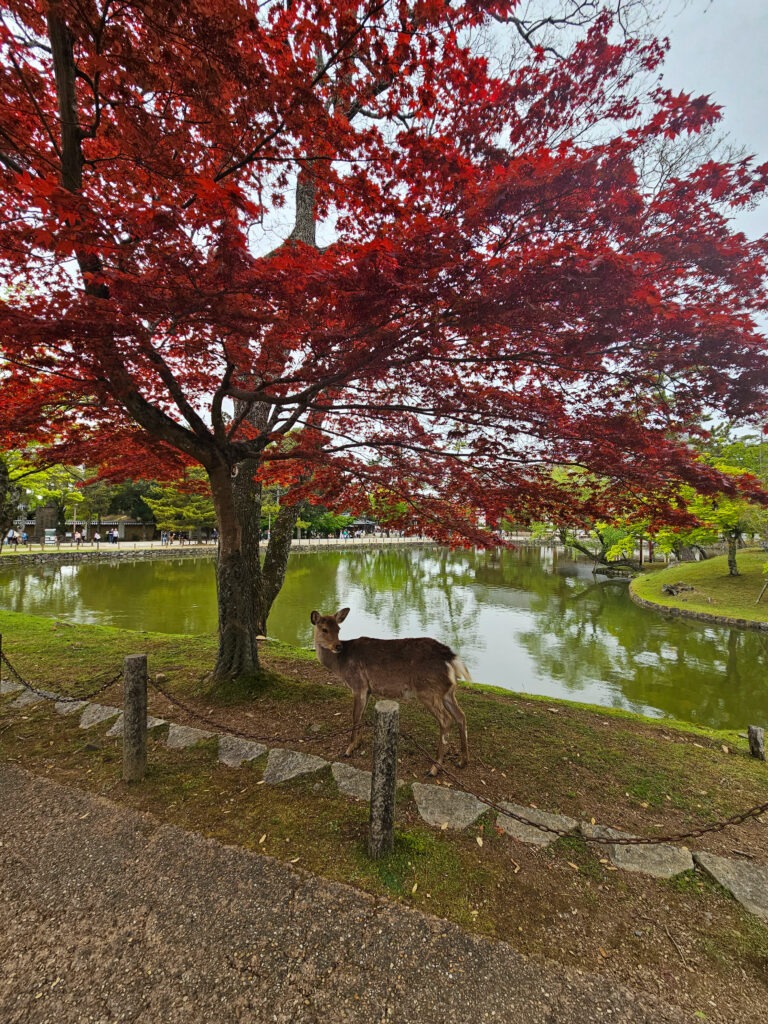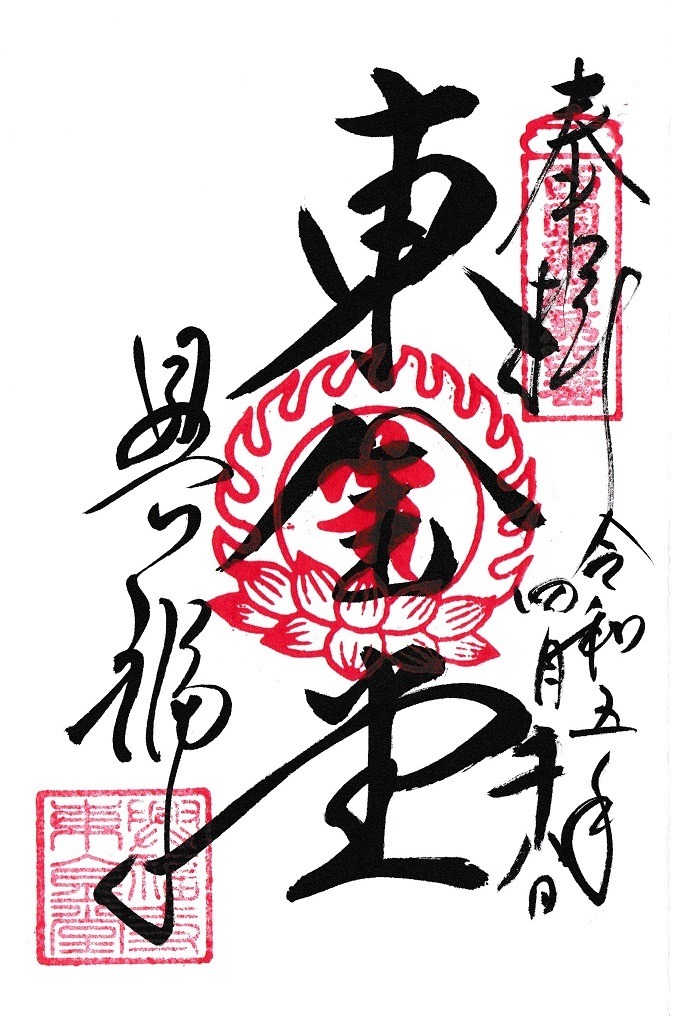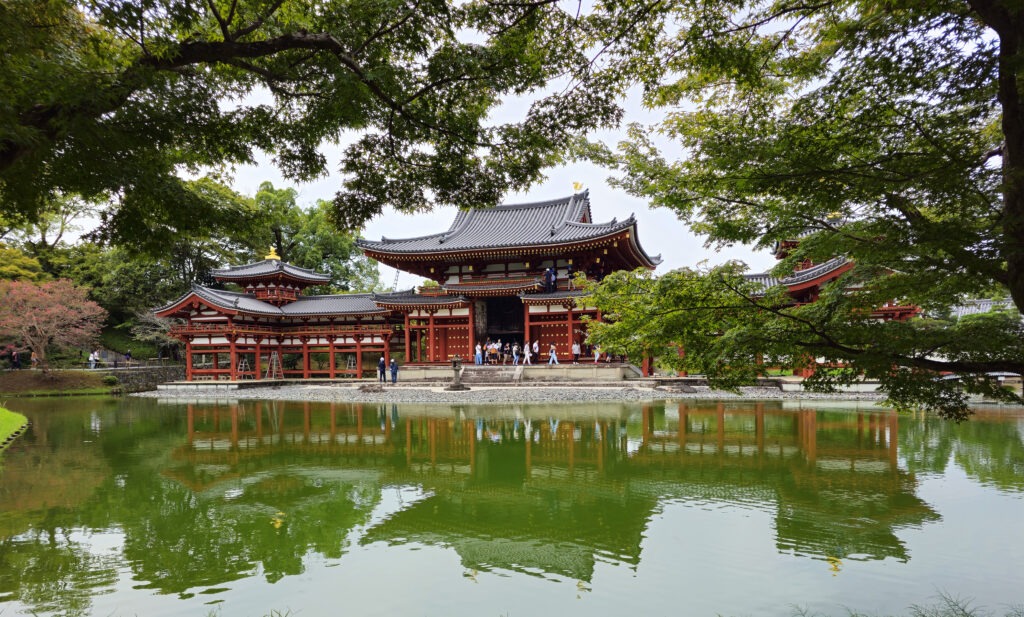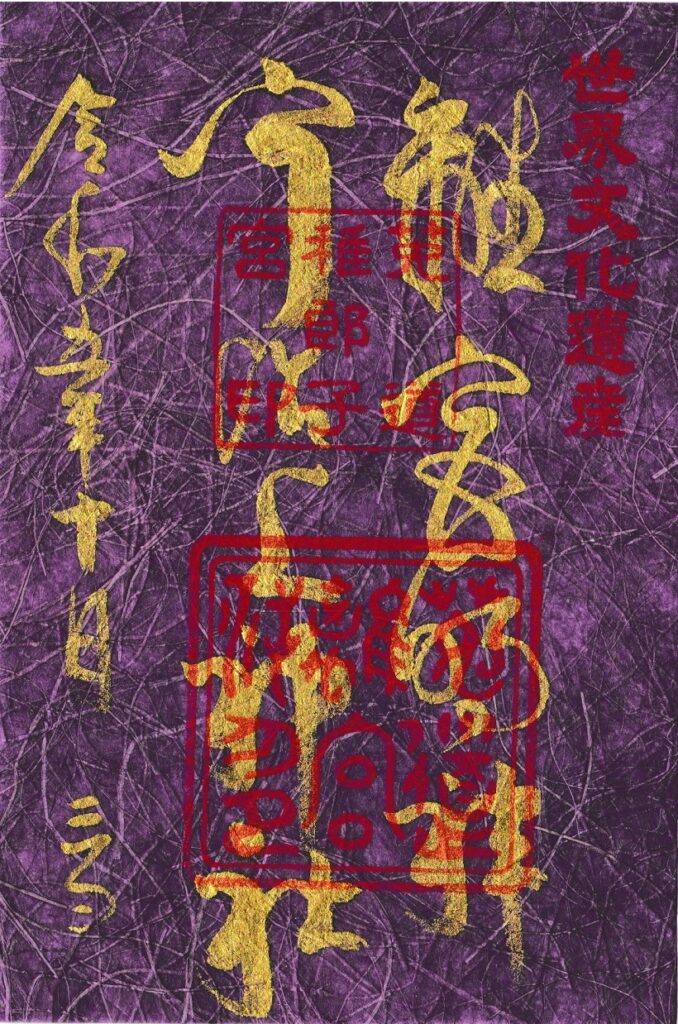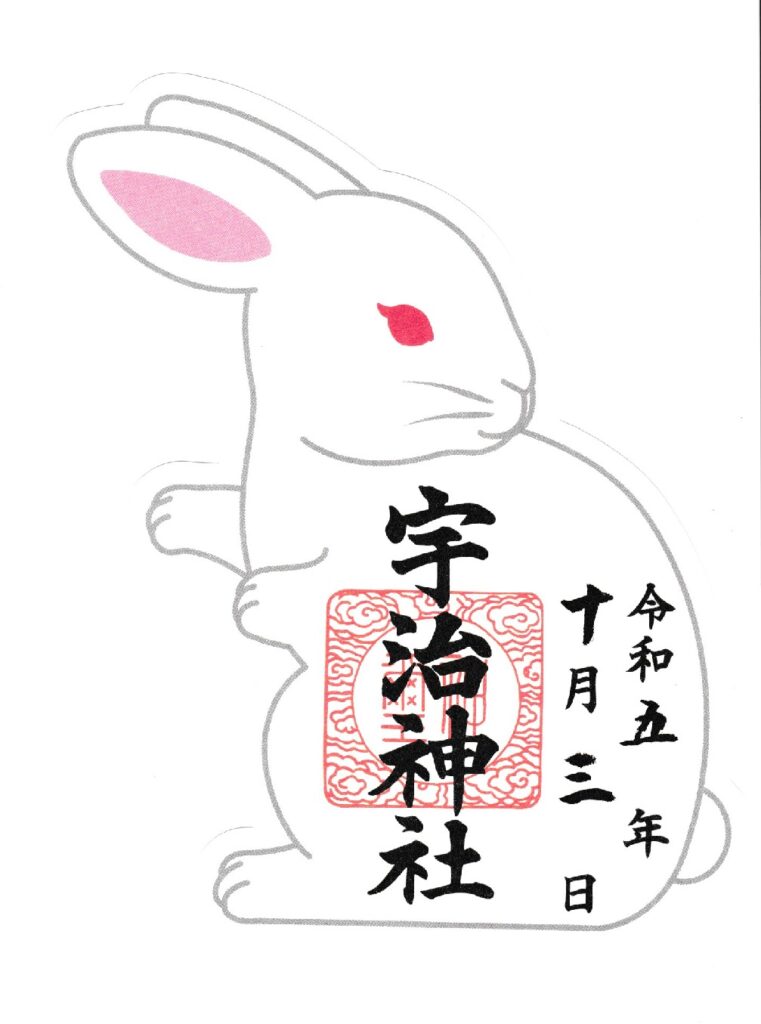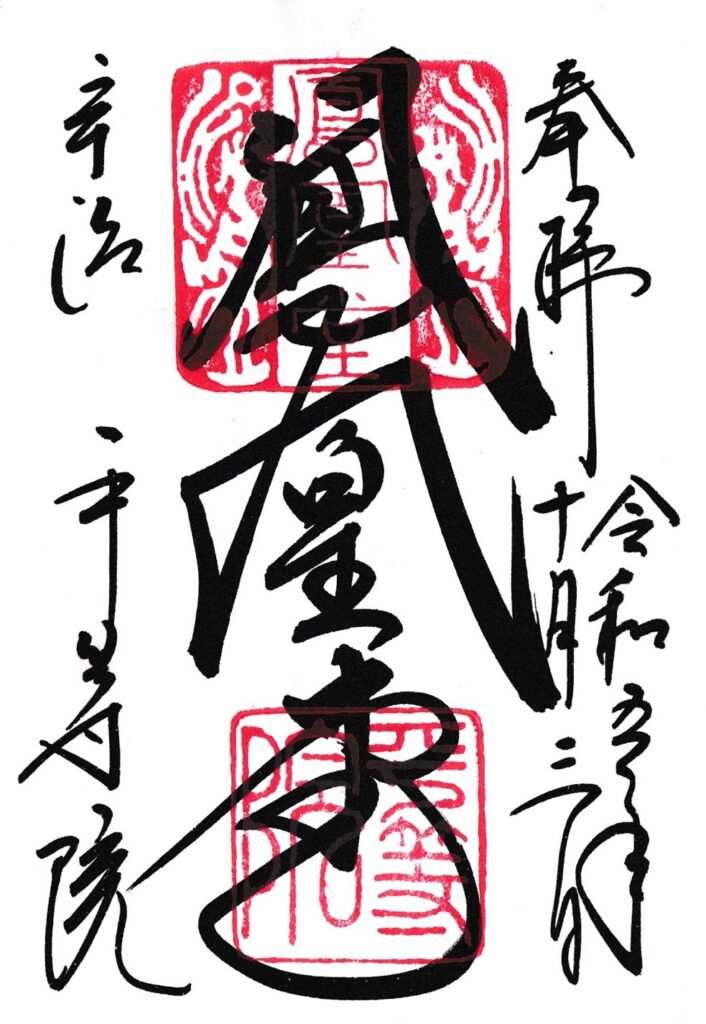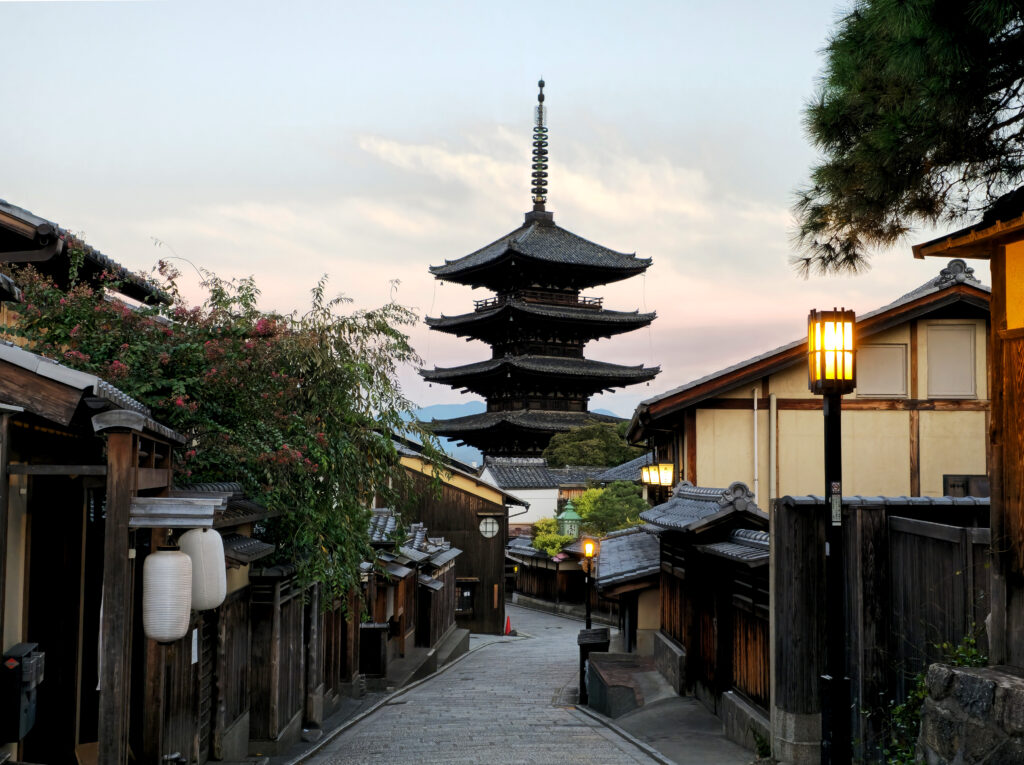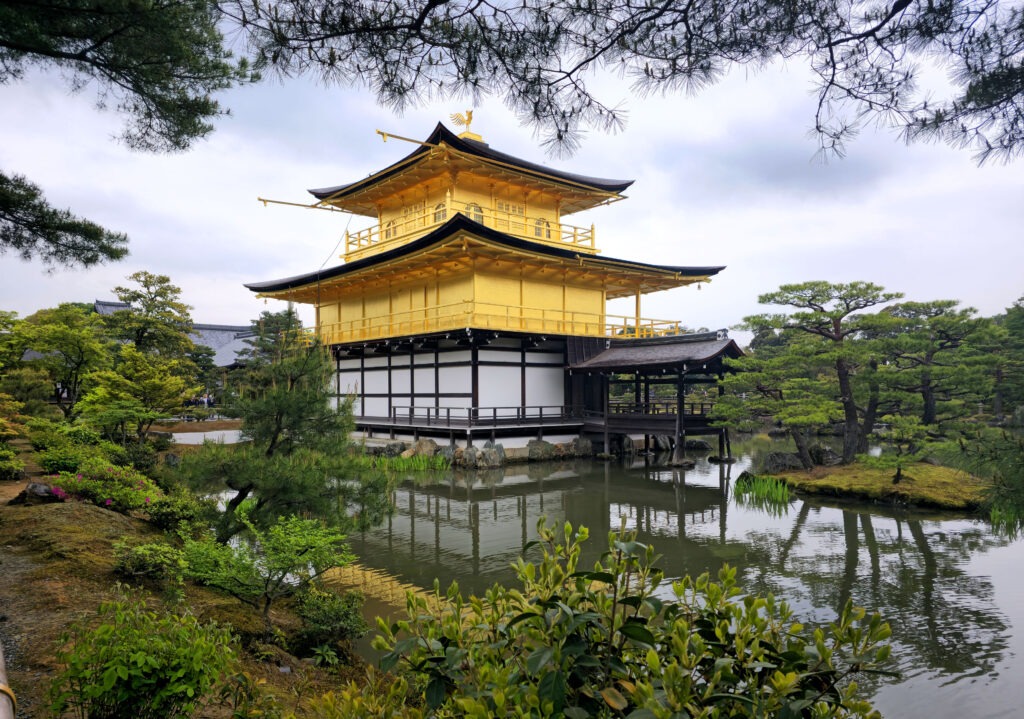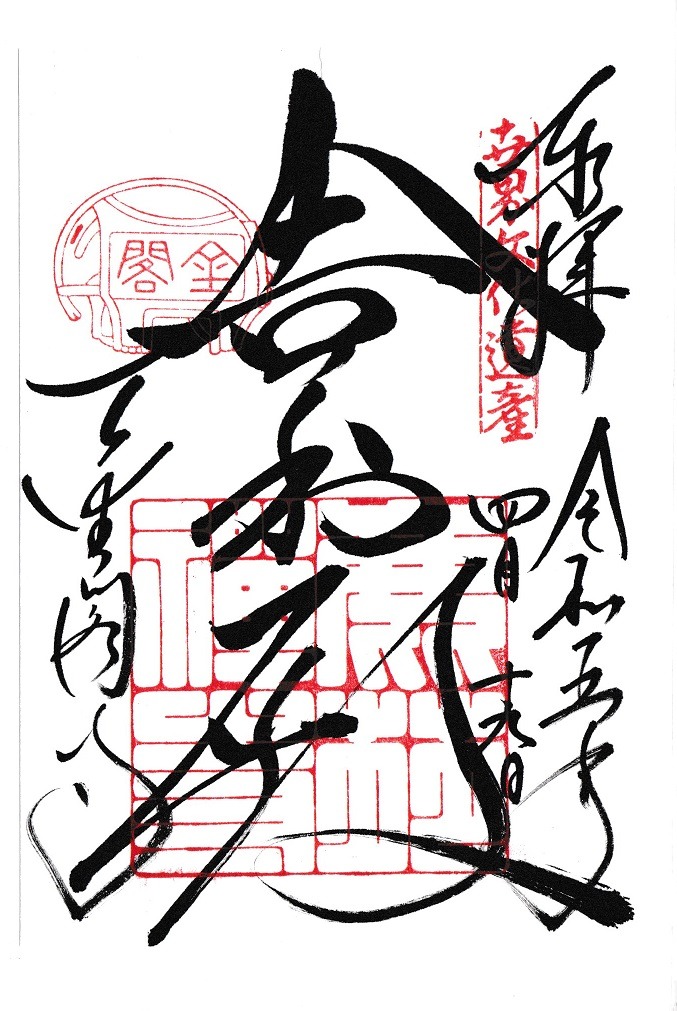Nara: Japan’s ancient capital and its friendly deer
Nara is a charming and picturesque city in Japan, ideal for a quick getaway due to its compact size and proximity to Osaka and Kyoto. As the imperial capital during medieval times, it is renowned for its numerous temples and the freely roaming sika deer. Be sure to bring your camera, as every corner of […]
Nara: Japan’s ancient capital and its friendly deer Read More »

